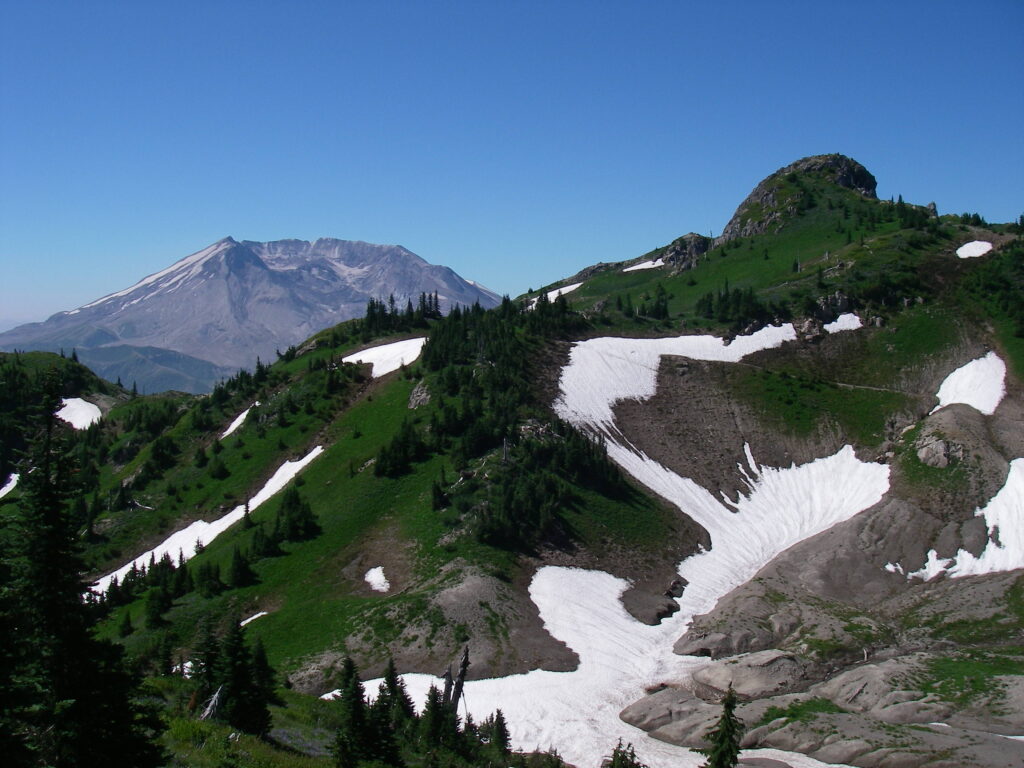
There is one place that always draws me back. It is an alpine paradise that asserts itself, pushing to the front of my mind whenever I find the time to plan a backpacking trip. That place is the Mt. Margaret Backcountry. Mt. Margaret is one of several high peaks that decorate a 5,000 foot ridge just a few miles north of Mt. St. Helens. That ridge line was the first obstacle encountered by the heat, steam, ash, and rock that exploded out of the mountain in 1980. A few minutes before the eruption, Mt. Margaret sat surrounded by thriving, idyllic scenes of old-growth timber and alpine life. A searing, scouring blast obliterated those idyllic scenes, replacing them with an apocalypse of bare rock, ash, and downed trees. As with other areas of Mt. St. Helens, however, nature is reclaiming the apocalypse. Today, thirty two years after the cataclysm, Mt. Margaret is beautiful again. Today, Mt. Margaret is a backpacker’s paradise.
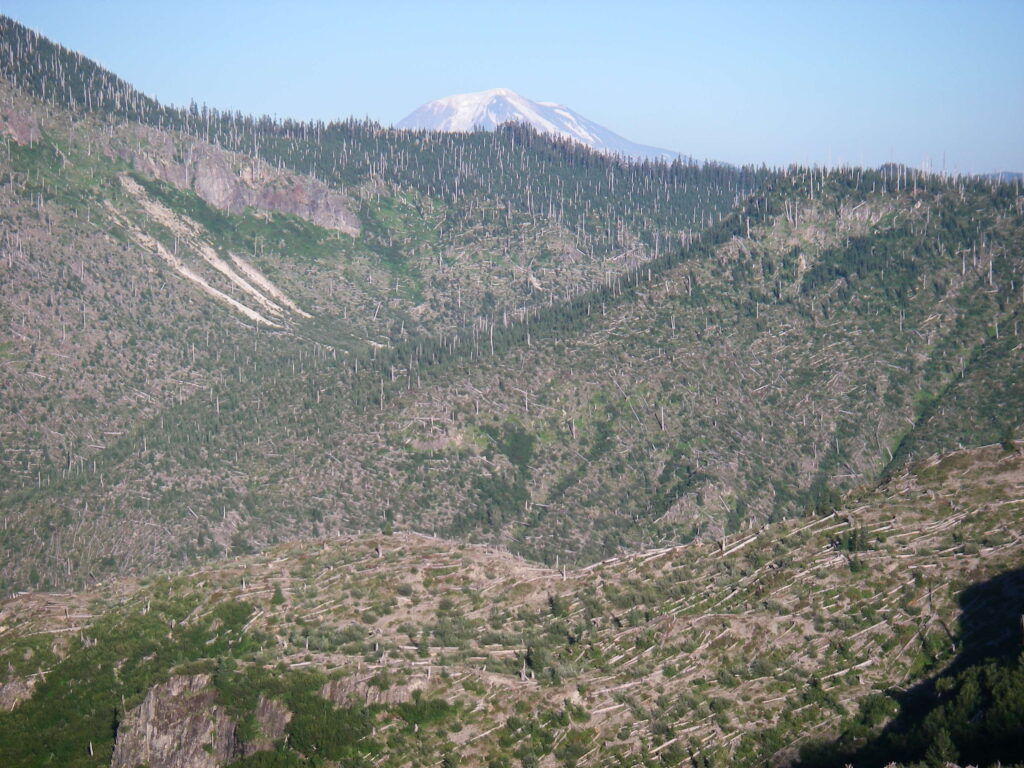
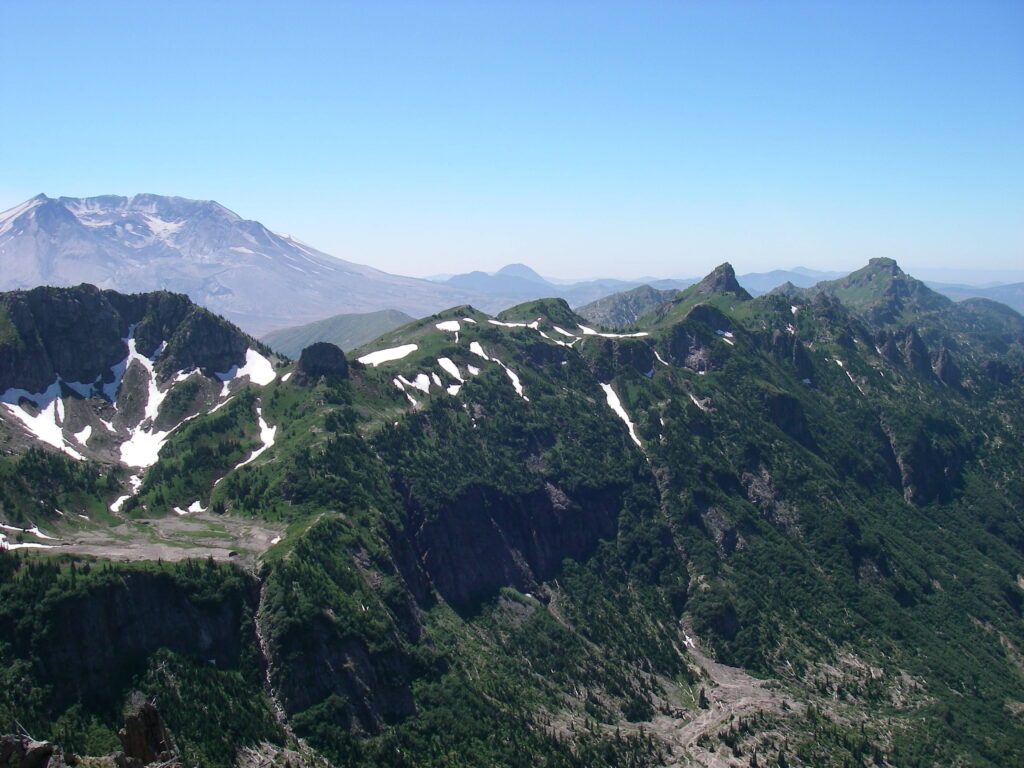
Shaped roughly like a football, and lying completely within the blast zone, the Mt. Margaret Backcountry stretches from the western end of Coldwater Lake east to the Green River, nine miles away. The Backcountry includes a chain of lakes whose northern edge lies about two miles from the crest of the Mt. Margaret ridge. Contained within this wonderland are stunning alpine meadows, recovering sub-alpine forests, row upon row of prime timber now prostrated by the 1980 blast, petite, picturesque lakes, the jagged rock of craggy peaks, the never ending dust of volcanic ash, thousands upon thousands of wildflowers, hummingbirds, hundreds of elk, mountain goats, and marmots. Persistent snowfields may still cling to life despite the heat of late summer.
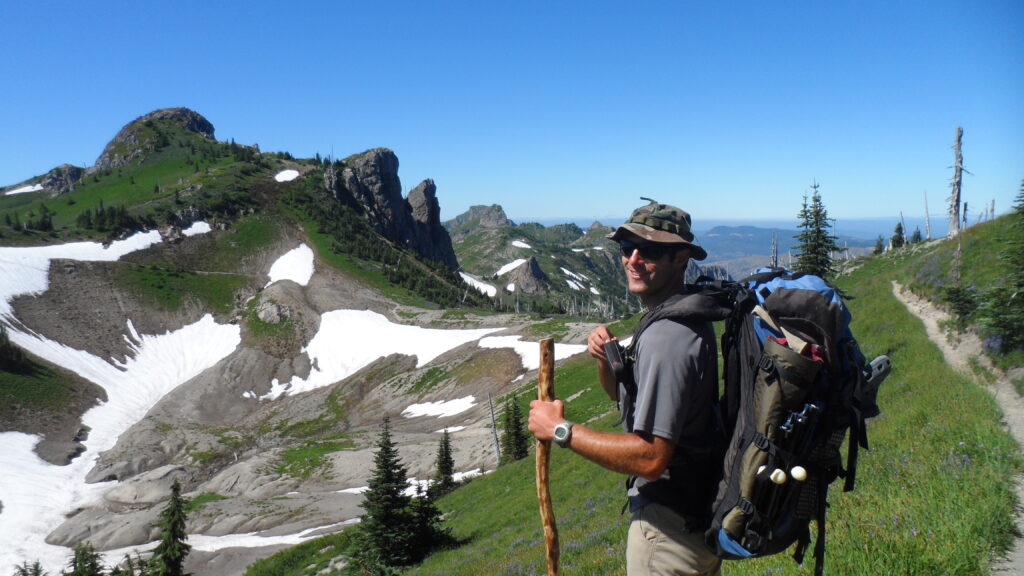
The Boundary Trail, the primary access into the backcountry, follows Mt. Margaret’s main ridge. Hiking from the west, you will climb the gently rising western toe of the ridge. The trail initially passes old logging equipment abandoned after the eruption. As you gain elevation the trail rewards you with views of the pumice plain, the gaping crater of Mt. St. Helens, alpine lakes, and up close views of The Dome and Coldwater Peak. Passing Coldwater Peak signals the beginning of a long survey of the Mt. Margaret ridge line. The equestrian aroma of elk, and views of the creatures lounging in the distance, are frequent occurrences as you walk the trail. Three camps area available along the main ridge, Dome Camp, Margaret Camp, and Bear Camp. At Dome and Margaret Camps, you sleep on the ridge itself, experiencing life in the high country. Further on, Bear Camp sits nestled in a small bowl just east of Mt. Margaret. Bear Camp is about ten trail miles east of the South Coldwater trailhead or five trail miles west of Norway Pass.
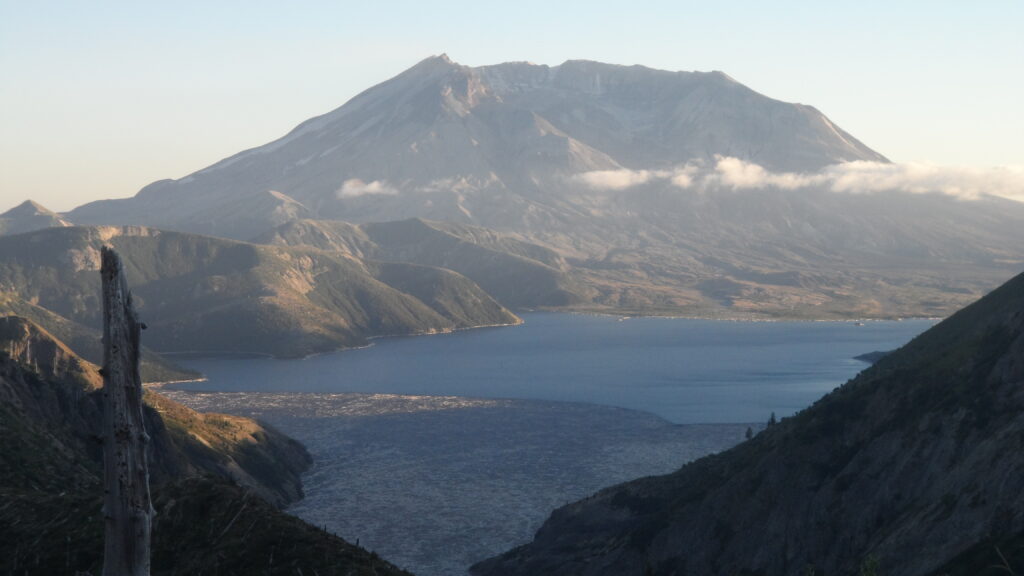
A stay in Bear Camp is hard to describe. Perfectly situated so as to provide views of both Mt. Rainier and Mt. St. Helens, the tent sites of Bear Camp allow the user to gaze at either mountain by simply looking over either shoulder. Mt. Margaret, a hulking chunk of rock that tapers to a small, flat peak, is a mere twenty minute walk away. A favorite memory of mine is an afternoon spent on Mt. Margaret’s natural viewing platform. An afternoon spent in stillness and reflection; reading, watching ravens, and absorbing the views of our land. A small spur, jutting briefly south before fading away, separates Bear Camp from Mt. Margaret. That small spur creates two separate bowls, one nestling the camp, and one providing the steep alpine slopes that offer themselves so perfectly for a covering blanket of wildflowers. Hummingbirds, a common sight in camp, love those wildflowers, which, due to the late-arriving alpine growing season, provide late summer sustenance for these migratory creatures.
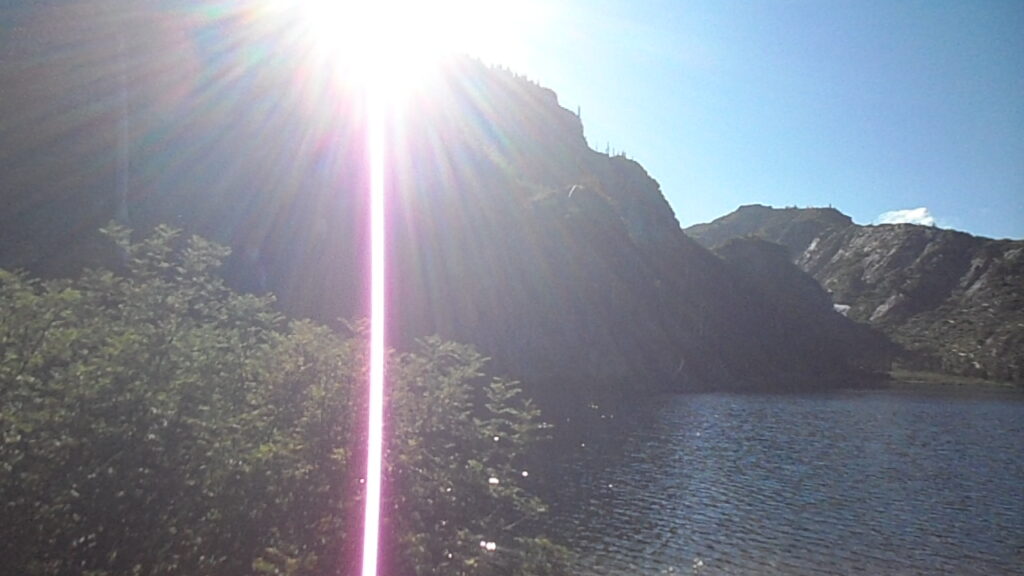
The Lakes Trail, as its name describes, moves around a series of alpine lakes that lie just north of the Mt. Margaret Ridge. A number of these lakes have campsites alongside. With greater wind protection than the ridge camps, and a waterfront view, these camps are a bit more comfortable than their ridge line cousins. These lake campsites lend themselves to a perfect relaxing stay. One may sit at the edge of blue water, sun on your back, and ponder the matchstick mish-mash formed by the downed timber which surrounds the lakes. Rocky cliffs and steep hills encase each lake, creating a quiet, serene scene broken only by raven calls and the rare jump of a fish.
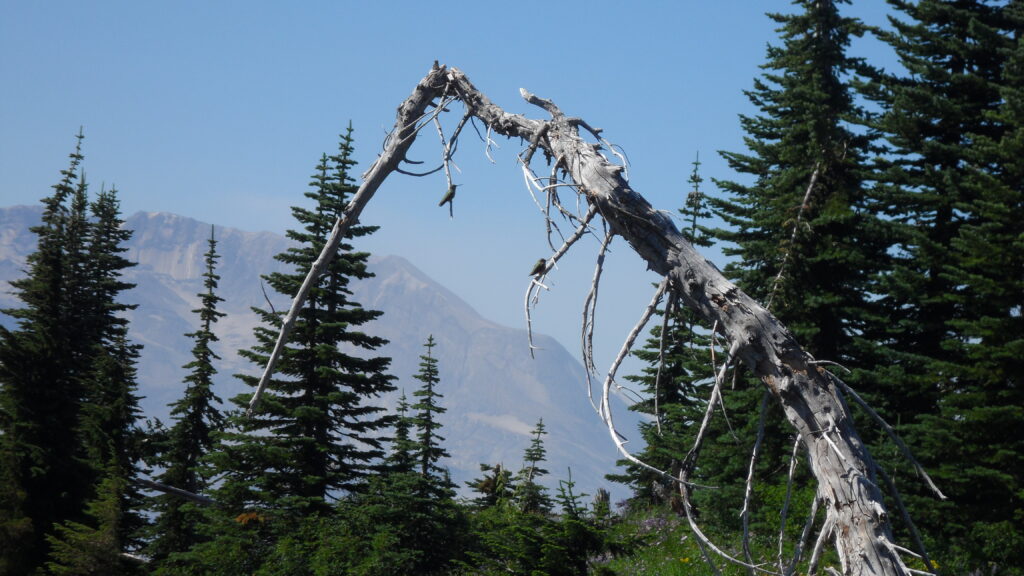
The Mt. Margaret Backcountry is one of the only places in the world where one can experience both the magnitude of volcanic destruction, and the work nature is continually doing to recover from that cataclysm. The combination of world-class alpine beauty, opportunities to both explore and relax, and up-close appreciation of the power of volcanism should move hiking the Mt. Margaret Backcountry to the top of any backpacker’s bucket list.
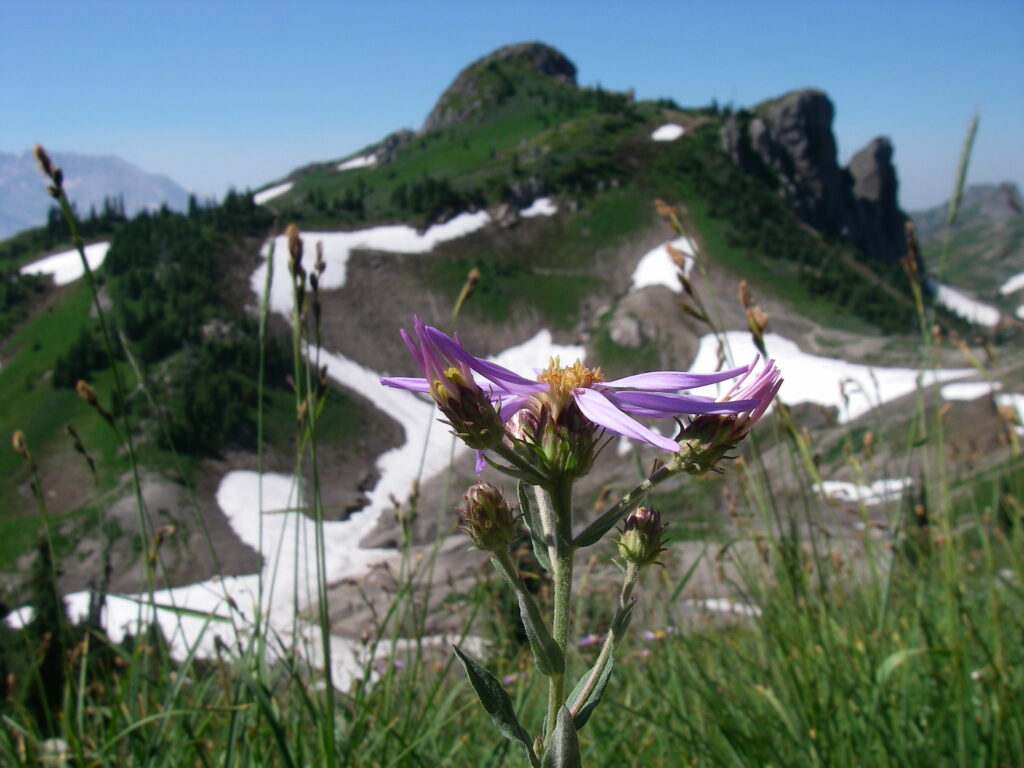

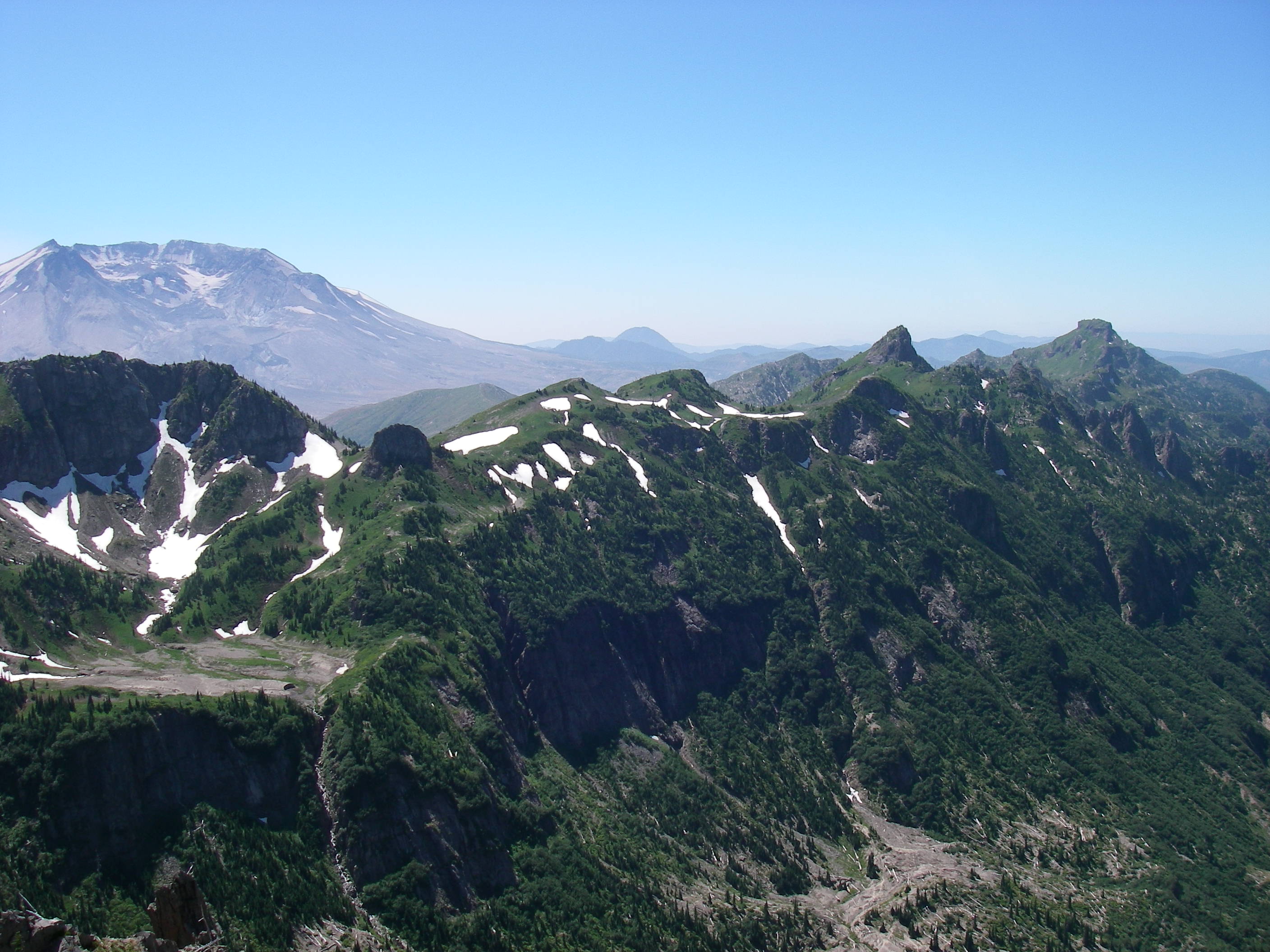
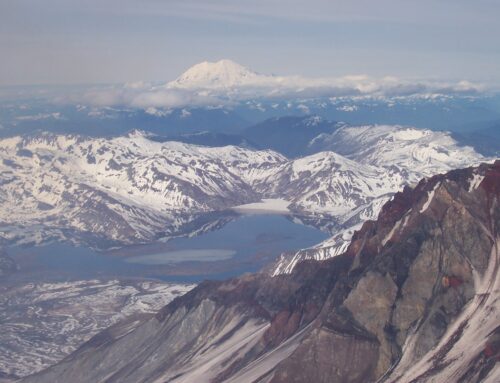
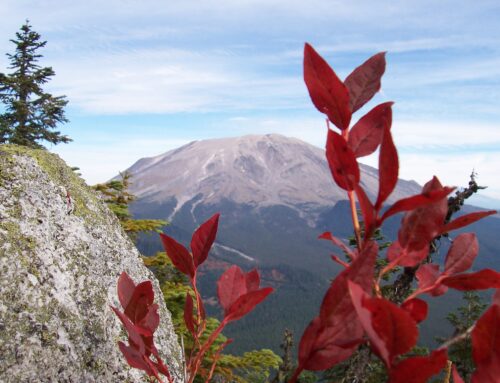

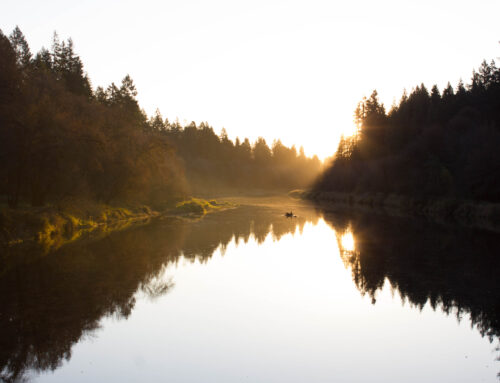

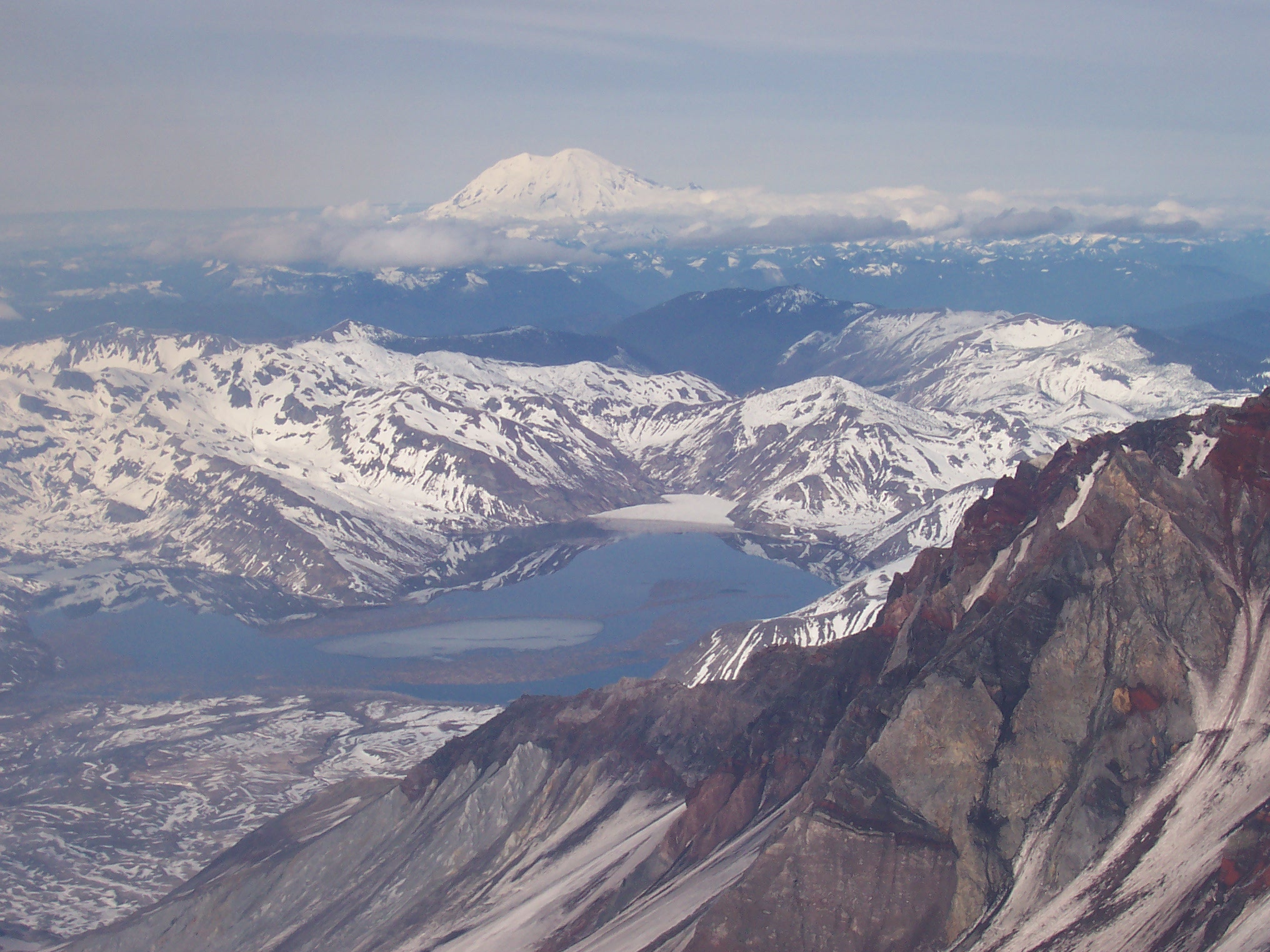
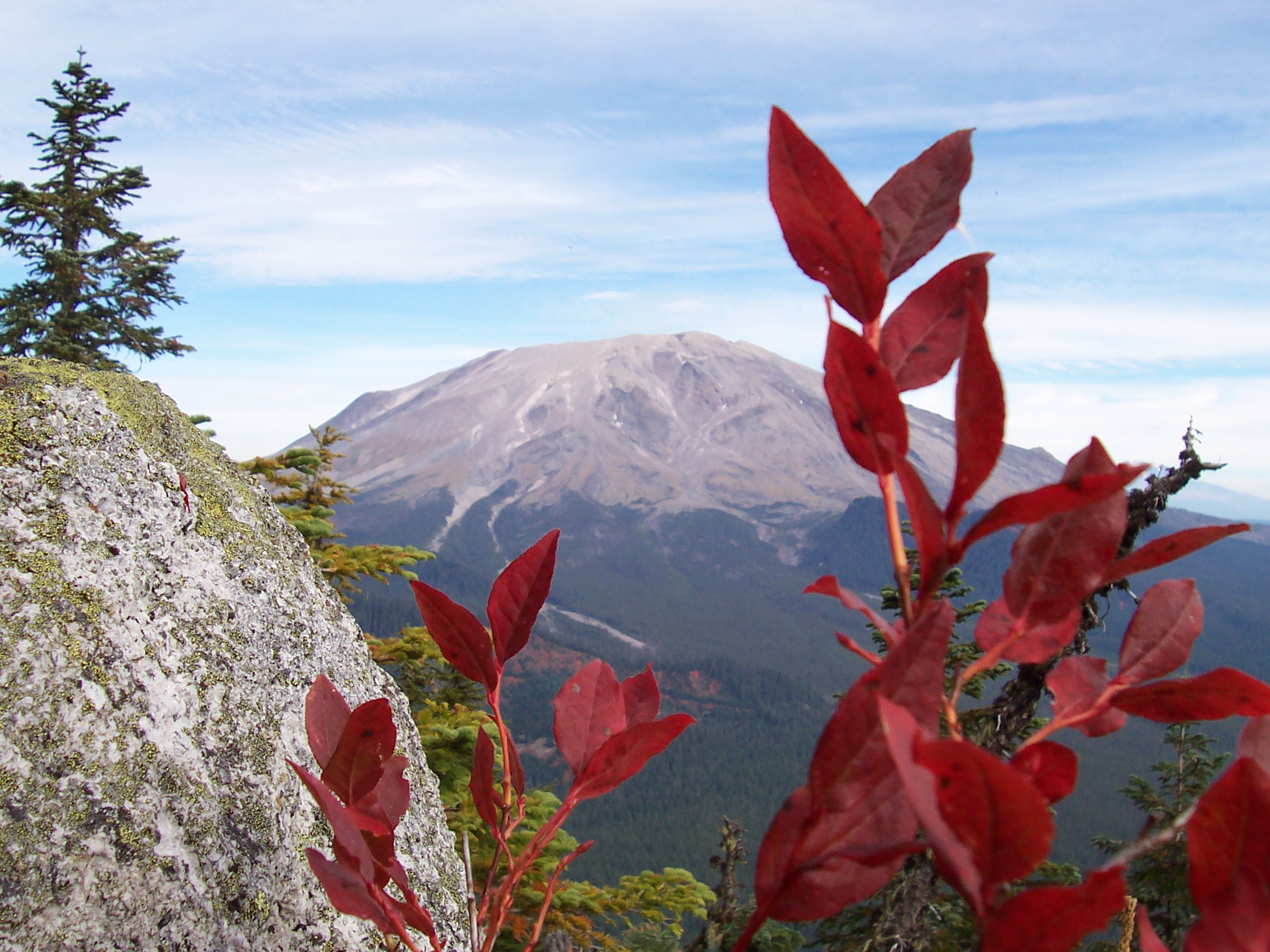
Leave A Comment